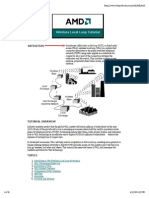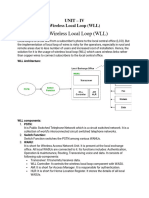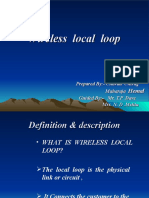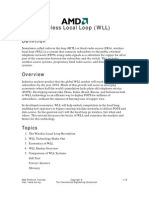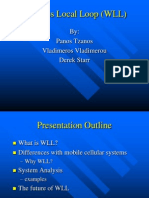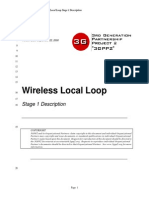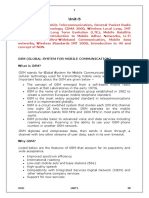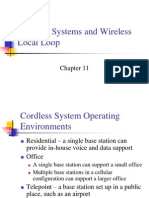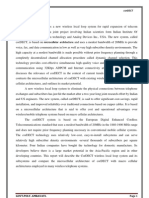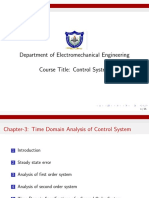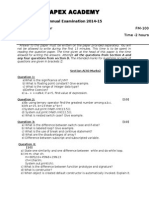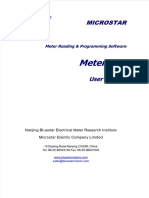0% found this document useful (0 votes)
148 views3 pagesWireless Solutions for Rural Areas
Wireless Local Loop (WLL) replaces traditional copper wires with wireless links to connect subscribers to the local central office, particularly benefiting rural and remote areas. The architecture includes components like PSTN, Switch Function, WANU, and WASU, providing cost-effectiveness, enhanced security, and scalability while offering services such as internet access and voice communication. Common wireless access methods utilized in WLL include FDMA, TDMA, and CDMA, with CDMA being the predominant technology in countries like India.
Uploaded by
safarijimmy25Copyright
© © All Rights Reserved
We take content rights seriously. If you suspect this is your content, claim it here.
Available Formats
Download as PDF, TXT or read online on Scribd
0% found this document useful (0 votes)
148 views3 pagesWireless Solutions for Rural Areas
Wireless Local Loop (WLL) replaces traditional copper wires with wireless links to connect subscribers to the local central office, particularly benefiting rural and remote areas. The architecture includes components like PSTN, Switch Function, WANU, and WASU, providing cost-effectiveness, enhanced security, and scalability while offering services such as internet access and voice communication. Common wireless access methods utilized in WLL include FDMA, TDMA, and CDMA, with CDMA being the predominant technology in countries like India.
Uploaded by
safarijimmy25Copyright
© © All Rights Reserved
We take content rights seriously. If you suspect this is your content, claim it here.
Available Formats
Download as PDF, TXT or read online on Scribd
/ 3




















